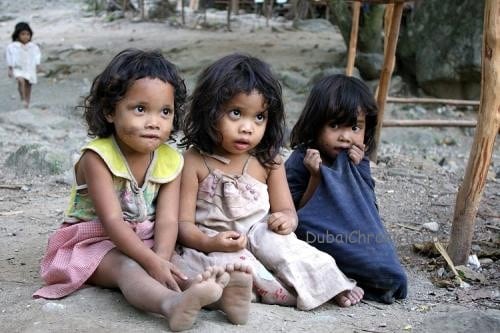
The international Day of the Girl Child, observed on October 11, promotes girls’ human rights and seeks to raise awareness about discrimination and the gender inequalities that still remain between boys and girls across the globe. This year, United Nations agencies together with communities and organizations are focusing on education.
On December 19, 2011, the United Nations General Assembly voted to designate 11 October as “International Day of the Girl Child”. It addresses the various forms of abuse and discrimination that millions of girls around the world suffer from. According to the UN Entity for Gender Equality and the Empowerment of Women, one in three women and girls experience abuse in their lifetime. This year’s theme is “Innovating for Girls’ Education” and reminds us the importance of of girl’s right to equal education and their fundamental freedoms. According to statistics, 67 percent of all illiterate people in the world are women and girls. They are deprived of education because of early marriage and other cultural practices. In fact, some communities punish girls for even seeking education.
Young Pakistani girl Malala Yousafzai have become the most famous case when she was shot in the head last year by a Pakistani Taliban for speaking out on girls’ need and right to be educated. After surviving a headshot, she became a heroine and inspiration for many children and is currently a favourite for the 2013 Nobel Peace Prize. However, Malala is just one of the many – at least 30 million girls around the world have no access to elementary school. And this doesn’t happen only in poor countries, it happens in places of conflict where often girls have far less human rights than their brothers.
To mark the second observance of the International Day of the Girl Child, UN agencies and partners and working with organizations and governments to raise awareness in societies. Events and different initiatives will be launched to inform, educate and empower girls and young women. And on the eve of October 11, we can’t escape the issue of the gender gap in developed countries. Of course, girls in rich countries receive good education, but is it equal to the one given to boys? Even in U.S. girls are lagging behind in math, science and technology. According to the latest statistics, women in most developed countries are still paid lower wages than men. Apparently, there is still a lot of work to be done to eradicate discrimination and gender inequality around the world.



































